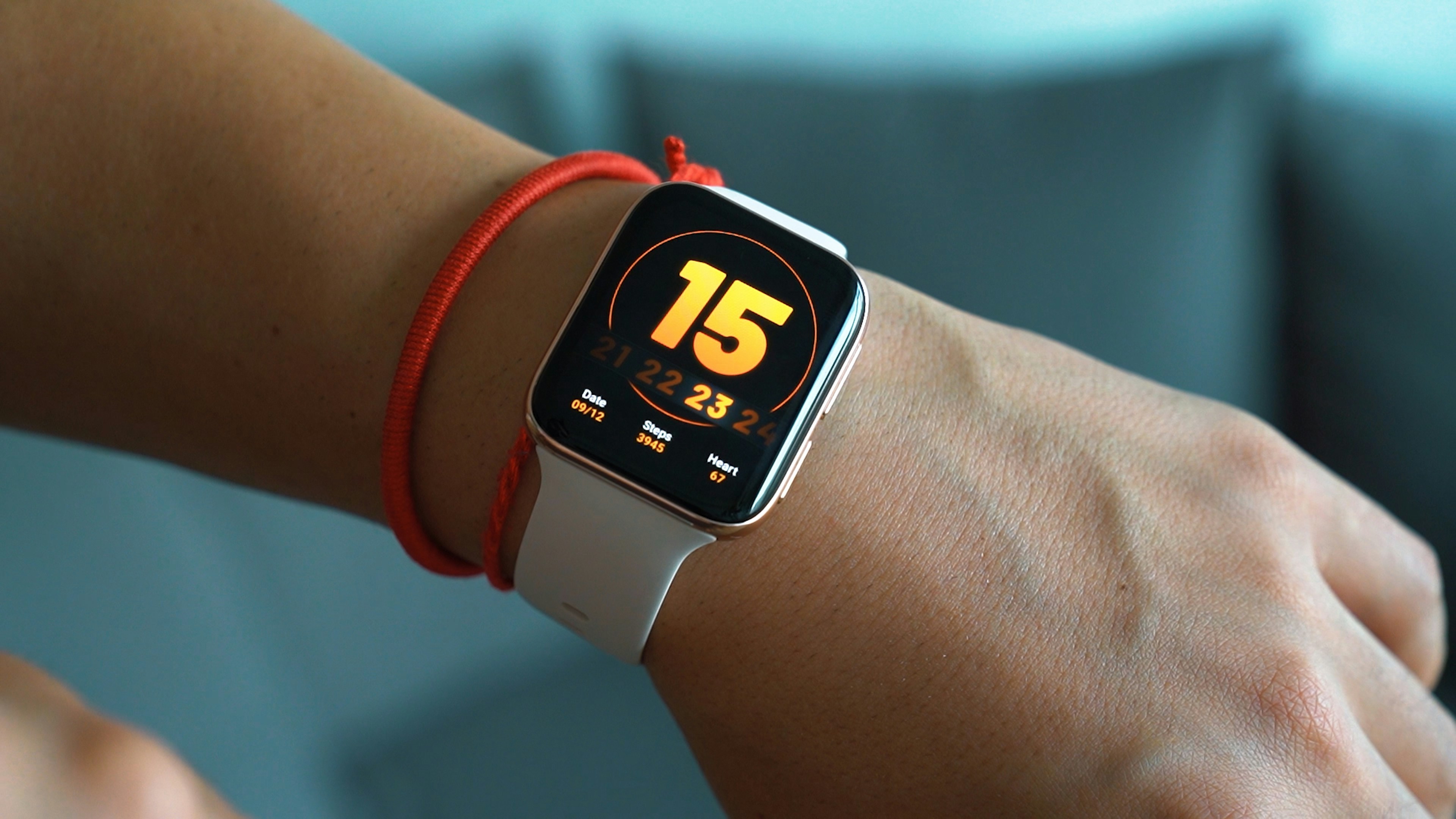
Elevate Your Wellness Toolkit With The Latest Fitness Apps And Assessment Guides
Building better health routines can sometimes seem confusing, especially when you are unsure which steps to take or how to track your improvements. Reliable tools play an important role in helping you set realistic goals and monitor your progress along the way. With the help of modern apps and trusted assessment methods, each stage of your journey becomes easier to understand and manage. When you combine a smart tracker, such as *Fitbit* or *Apple Health*, with established ways to evaluate your daily habits, you can clearly see what supports your well-being and where small changes could make a big difference. This approach brings your efforts into focus and encourages steady growth.
Advertisement
This guide walks you through top mobile apps that track workouts, nutrition and recovery. Then you’ll explore fitness assessment guides you can follow at home. Along the way, you’ll pick up practical tips—like choosing an app based on your lifestyle and running simple strength tests in your living room. By the end, you’ll have a tailored toolkit to elevate your routine.
Top Fitness Apps to Track Progress
- MyFitnessPal: Logs meals in seconds with barcode scanning. It syncs with popular wearables. You’ll spot nutrient gaps and adjust portions instantly.
- Strava: Maps runs and rides with GPS. Community challenges keep you accountable. Review distance plots and compare splits week to week.
- Fitbod: Generates weightlifting plans based on available equipment. Its algorithm adjusts sets and reps as you log performance. Expect balanced muscle-targeting routines.
- Nike Training Club: Offers free workouts led by pro coaches. Videos guide form for bodyweight and equipment sessions. You can pick sessions by duration, focus area or intensity.
- Freeletics: Brings high-intensity bodyweight workouts you can do anywhere. Its AI coach refines sessions after every workout. You’ll see progress charts on speed and endurance.
All these apps offer a free tier to test features. Try two apps for a week each. Notice which interface motivates you to log consistently. A simple display and push notifications can make a big difference in your daily routine.
Select the Right App for Your Goals
- Determine your main goal. Are you tracking meals, boosting cardio or building strength? Choose an app whose core features match that goal.
- Verify device compatibility. Make sure it works on your phone and syncs with any wearable you own.
- Review community features. Some apps offer group challenges or coach feedback. Choose interaction if you thrive with social support.
- Assess data export options. If you want detailed analytics, pick one that lets you download CSV files or integrates with third-party dashboards.
- Compare pricing tiers. Free versions often cover basic needs; premium features should match your budget and deliver clear value.
Once you narrow down two favorites, commit to a full month of tracking. This trial period reveals patterns—if you skip log-ins or ignore reminders, explore other options. Consistency matters more than having the perfect app.
Assessing Fitness with Clear Methods
Assessment guides provide clear protocols to measure mobility, strength and cardiovascular health. Instead of guessing your progress, you collect data at specific intervals. This creates an unbiased view of improvements and plateaus.
Here are reliable frameworks used by professionals:
- PAR-Q+ (Physical Activity Readiness Questionnaire): Checks for health risk factors before starting an exercise plan.
- ACSM Guidelines (American College of Sports Medicine): Provides protocols for strength, endurance and flexibility tests. You follow standardized steps and interpret scores against age-based norms.
- FitnessGram: Designed for home or school use. Its tests include the push-up, curl-up, sit-and-reach and PACER run for cardio endurance.
- Harvard Body Composition Analysis: Estimates body fat through simple tape measurements and weight tracking.
These guides give you a game plan. Repeating tests every six weeks helps you see real changes—not just how the scale moves. They also reveal weak areas, so you can adjust workouts accordingly.
Self-Assessment Techniques You Can Do
- BMI and Body Fat Estimate: Measure height and weight. Use your app’s built-in calculator or online tools to track trends. For more detail, wrap a tape measure around your waist and hips, then apply the Harvard formula in an app note.
- Push-Up Test: Set a timer for one minute. Count full-range push-ups. Record your number and compare it to ACSM age-based standards. This measures upper-body endurance.
- Sit-and-Reach Flexibility: Sit with legs straight against a box or wall. Reach forward slowly and hold the farthest point for two seconds. Log the centimeters reached. Repeat monthly to monitor progress.
- PACER Run: Mark 20 meters in your driveway or hallway. Follow audio beeps on a free PACER app and sprint back and forth until you stop before a beep. The total laps reflect your aerobic capacity.
Perform assessments under similar conditions—same time of day, similar meals beforehand. That consistency ensures your data accurately reflects fitness changes, not random factors like sleep or stress.
Incorporating Apps and Assessments into Your Routine
Begin each week by planning in your chosen app. Include workouts, meals and rest days. Tag specific assessment sessions so you know when to test.
Every six weeks, set aside an “evaluation day.” Complete all self-assessments in one session. Enter results into a spreadsheet or into the app’s notes section. Look for patterns: are your push-ups increasing? Is your PACER lap count improving?
If you encounter a plateau, change one variable. Try a new strength routine in Fitbod or replace a cardio day in Strava with a Freeletics HIIT session. Small adjustments—like adding dynamic stretches or changing meal macros—can break those plateaus.
Use app reminders and calendar alerts to maintain consistency. When you set a new personal best in the push-up test, share it in the app’s community. Positive feedback will motivate your next training phase.
Using effective technology and assessment methods shows which workouts produce real gains. Tracking progress each week keeps you motivated and focused on your goals.
Advertisement